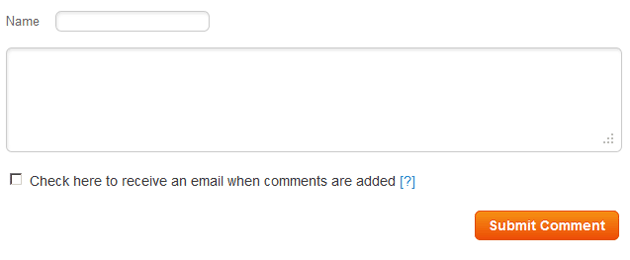Question
Topic: Strategy
Email: To Split Test Or Not To Split Test?
Related Discussions
- Challenged To Increase Digital Lead Volume
- Comprehensive Strategy Calendar
- The Three Cs Of Successful Positioning
- Marketing Profs Viable For Brand Promotion?
- Go To Market For Two Divisions
- When To Give Up On B2c Efforts
- Assessing A New Market
- Innovative Marketing Campaign Ideas
- Innovative Marketing Campaign Ideas
- How To Classify A Competitor/manfacturer
- Search more Know-How Exchange Q&A
Community Info
Top 25 Experts
(Strategy)
- Jay Hamilton-Roth 82,499 points
- Chris Blackman 45,171 points
- Peter (henna gaijin) 32,467 points
- Gary Bloomer 31,540 points
- telemoxie 31,185 points
- Frank Hurtte 27,231 points
- wnelson 19,605 points
- SteveByrneMarketing 14,082 points
- steven.alker 14,021 points
- Blaine Wilkerson 10,495 points
- Deremiah *CPE 8,993 points
- SRyan ;] 8,117 points
- darcy.moen 7,754 points
- Pepper Blue 7,080 points
- koen.h.pauwels 6,085 points
- cookmarketing@gmail. 5,512 points
- saul.dobney 5,390 points
- Mushfique Manzoor 5,128 points
- ReadCopy 4,812 points





Thoughts?